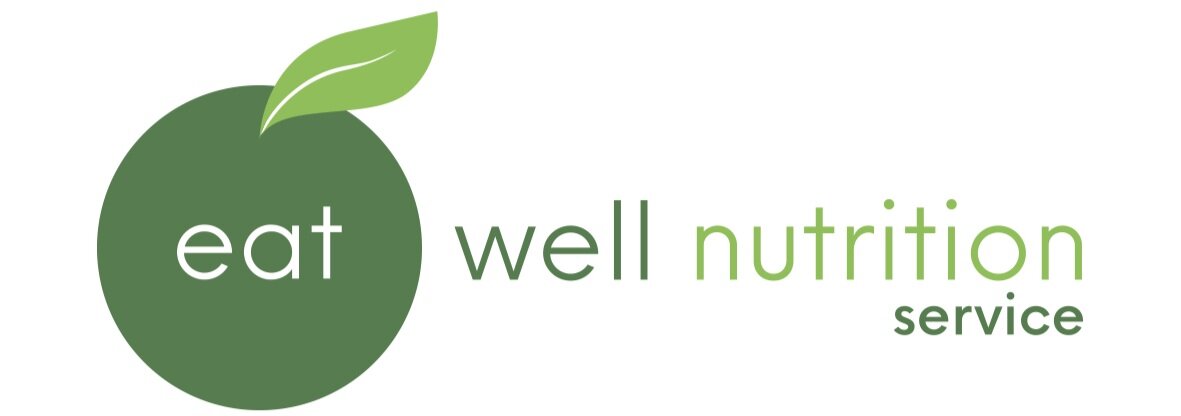An Introduction to Gut Microbiota and Diet
Gut microbiota (formerly called gut flora) is the name given today to the microbe population living in our intestine. Our gut microbiota contains tens of trillions of microorganisms, and can weigh up to 2 kg. One third of our gut microbiota is common to most people, while two thirds are specific to each one of us. In other words, the microbiota in your intestine is like an individual fingerprint.
Some of the functions are:
It helps the body to digest certain foods that the stomach and small intestine have not been able to digest.
It helps with the production of some vitamins (B and K).
It helps us combat damage from other microorganisms.
It plays an important role in the immune system.
A healthy gut microbiota is the key to ensuring proper digestive functioning.
Due to the major role gut microbiota plays in the normal functioning of the body, experts consider it as an “organ”. However, it is an “acquired” organ, as babies are born sterile and intestine colonisation starts right after birth and evolves as we grow. It is believed that by the age of 3, microbiota becomes stable and similar to that of adults, continuing to develop at a slower rate throughout life.
While the general composition of the intestinal microbiota is similar in most healthy people, the species composition is very personalised and largely determined by our environment and our diet. The composition of gut microbiota may become adapted to dietary components, either temporarily or permanently. Japanese people, for example, can digest seaweeds (part of their daily diet) thanks to specific enzymes that their microbiota has acquired from marine bacteria.
Although it can adapt to change, a loss of balance in gut microbiota can occur in some situations. This is called dysbiosis. Dysbiosis may be linked to health problems such as bowel disorders, inflammatory bowel disease, allergies, obesity and diabetes. Research is also currently being undertaken in regards to links between gut microbiota and mental health and brain disorders.
When considering gut microbiota, it could be said that “we are what we eat”, as what we consume also feeds off the trillions of bacteria living in our digestive system. For this reason, a varied and balanced diet is essential.
Prebiotics and probiotics are two of the most widely studied elements in the field of gut microbiota. Both have effects that are considered beneficial for the gut microbiota and therefore it is important to include sources of both in our diet to promote a healthy microbiota.
Prebiotics
Prebiotics are ‘non‐living’ food ingredients, sometimes called fermentable fibre, that reach the large intestine unaffected by digestion, and feed and promote activity of beneficial bacteria in our gut.
Prebiotics can be found naturally in food or added to them (functional products).
Prebiotics are naturally present in vegetables and fruit such as garlic, onions, leeks, asparagus, apples and nectarines; in grains and cereals like bran, and in nuts like pistachios. For this reason (and many others!), vegetables, fruits and cereals should be part of a balanced and healthy diet. See below for more food sources of prebiotics;
Vegetables: Jerusalem artichokes, chicory, garlic, onion, leek, shallots, spring onion, asparagus, beetroot, fennel bulb, green peas, snow peas, sweetcorn, savoy cabbage, tomatoes
Legumes: Chickpeas, lentils, red kidney beans, baked beans, soybeans
Fruit: Custard apples, nectarines, white peaches, persimmon, tamarillo, watermelon, rambutan, grapefruit, pomegranate. Dried fruit (eg. dates, figs), Bananas
Bread/cereals: Barley, rye bread, rye crackers, pasta, gnocchi, couscous, wheat bran, wheat bread, oats
Nuts: Cashews, pistachio nuts
As in many areas of nutrition, balance and variety are essential when eating prebiotic foods. Although a fibre-rich diet benefits gut bacteria, excess fibre may lead to discomfort or abdominal bloating in some people. If you are increasing fibre intake, do so gradually to help reduce the risk of uncomfortable digestive symptoms.
Probiotics
Probiotics are types of ‘living’ friendly bacteria similar to those that inhabit our digestive tract. They are “good bacteria” which provide a range of benefits for the body, including the maintenance of digestion and the regulation of the immune system. Probiotics can also help balance the gut microbiota when it has been affected by poor diet, infections, some antibiotics treatments or other external factors such as stress. Prebiotics “feed” probiotic bacteria living in the digestive tract.
Many probiotics come from bacteria traditionally used for fermenting food. There are many different species of probiotics and they all behave differently. A large number of studies with probiotics are being undertaken and the most common probiotics studied include Lactobacillus and Bifidobacterium. Some species can be naturally found in a range of foods including yoghurts, buttermilk, aged cheese, sauerkraut, sourdough bread, miso, tempeh and kombucha (a type of fermented tea) or can be consumed in the form of a supplement.
Due to ongoing research, the picture of the bacteria living in the gastrointestinal tract is becoming clearer. While there are still many things that are yet to be discovered, more and more findings are being presented every day. In the mean time we know for healthy individuals, consuming a high fibre diet including a balance of fruit and vegetables plays a key role in promoting healthy microbiota.
